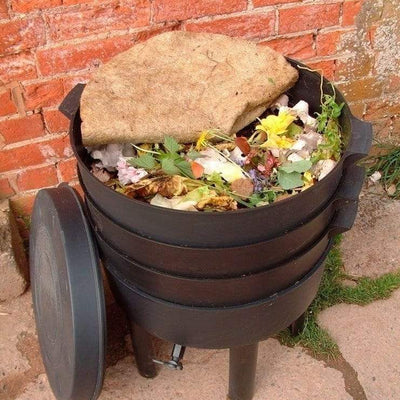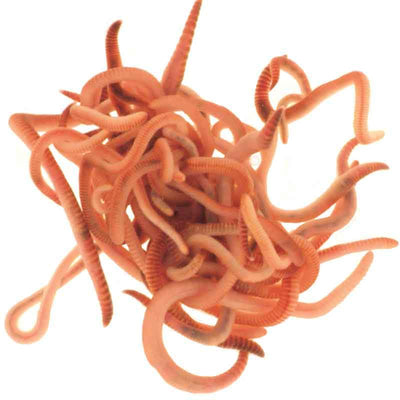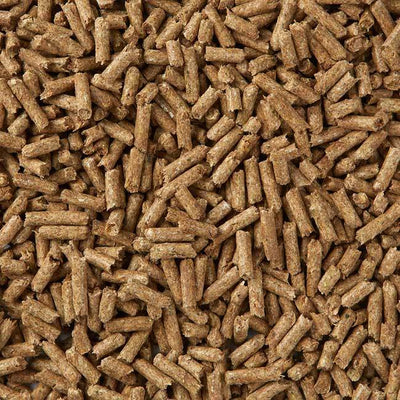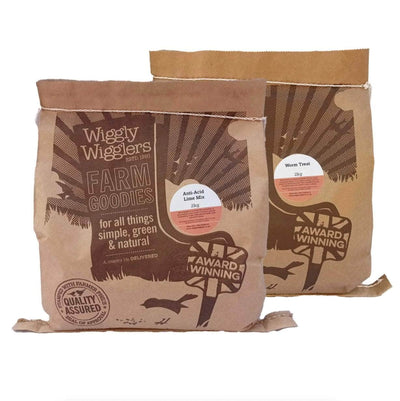Starting a wormery for the first time can feel a little nerve-racking—especially when your new wriggly friends start behaving in unexpected ways! If you’ve just received your worms and are unsure whether things are going right, you’re not alone. One new worm keeper recently got in touch with some very valid questions, and we thought it might help others to share the advice more widely.
Here are some of the most common concerns when you're just getting started with a wormery:
“Why are my worms trying to escape?”
When you first introduce worms to their new home, it’s perfectly normal for them to roam a bit. After all, they’ve just been through the stress of travel and are adjusting to unfamiliar surroundings.
If you notice your worms above the worm blanket or even exploring higher trays in the bin, don’t panic. They often take a day or two to settle down. As long as conditions are right, they’ll soon burrow down and get to work.
Here’s what to check:
-
Temperature – Worms prefer a cool, dark environment. Keep your wormery somewhere shaded and sheltered from direct sun, ideally between 15–25°C.
-
Moisture – Bedding should feel like a wrung-out sponge. If it’s too dry or waterlogged, they’ll try to move elsewhere.
-
Food – It’s tempting to feed them straight away, but just a small amount at first is best. Too much food too soon can cause overheating or attract pests.
-
Worm blanket – A moist layer of newspaper, cardboard or a purpose-made worm blanket on top helps maintain humidity and encourages the worms to stay where they should be.
Should I move the worms back to the active layer?
No need to do anything drastic. As long as your setup is comfortable, they’ll return on their own. Avoid handling them too much in the first few days.
“What about extra layers – are they confusing my worms?”
Many wormeries, like the Can-O-Worms, come with multiple trays. If you’ve added an empty tray on top just to increase the height, it may actually be best to remove it for now.
Empty trays can tempt the worms upwards, especially if they’re seeking moisture, warmth or darkness—but they won’t find food or bedding there. Keeping only the active working tray in place while they settle will help them stay put.
“It rained heavily overnight – is that bad for the wormery?”
This is a great question, especially for those keeping their wormery outdoors. While worms need moisture to survive, too much rain can cause the bedding to become waterlogged and lead to poor airflow—or worse, drowning.
To protect your wormery from rain:
-
Make sure the lid is always securely on.
-
If your lid isn’t completely waterproof, consider covering it with a tarpaulin or placing it under shelter, such as a patio or balcony.
-
Keep an eye on the bottom tray or sump – this can collect excess liquid (known as leachate), especially after heavy rain. Empty it regularly to avoid flooding.
Final Tips for New Worm Keepers
Starting a wormery is a learning curve, but with a bit of patience, it becomes second nature. Remember:
-
Less is more in the beginning – don’t overfeed.
-
Try not to disturb the worms too often while they settle.
-
Keep the environment cool, moist, and dark.
-
If in doubt, observe before acting—worms are surprisingly resilient!







